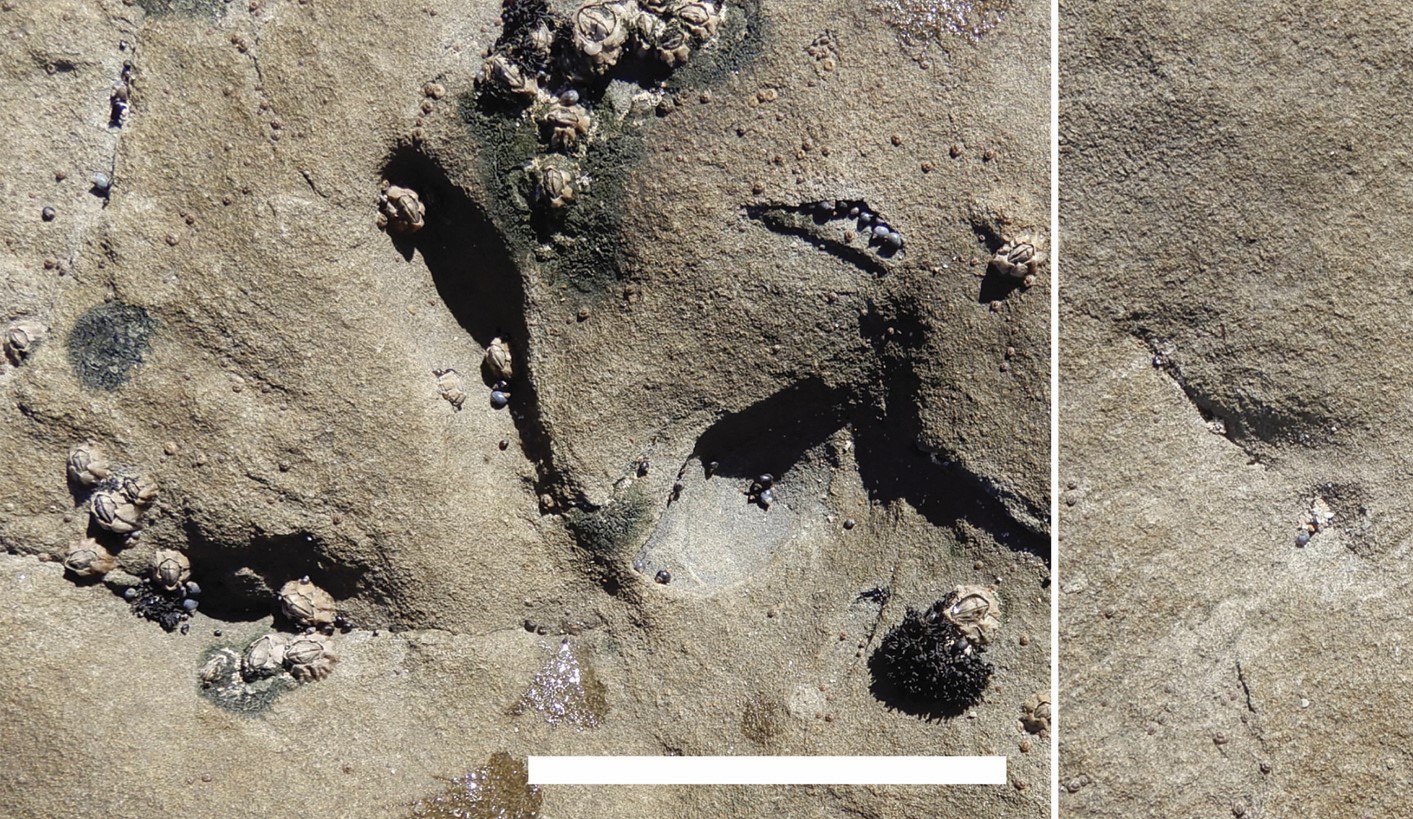Media release
From:
Peer-reviewed Observational study N/A
Australian footprints are the oldest known evidence of birds from southern regions
A diverse fauna of birds lived in southern polar regions during the Early Cretaceous
Early birds had made it to southern polar environments by 120 million years ago, according to a study published November 15, 2023 in the open-access journal PLOS ONE by Anthony Martin of Emory University, USA and colleagues.
Cretaceous bird fossils are abundant and diverse in northern continents, but extremely rare in southern continents, regions that were once part of the landmass of Gondwana. This presents a challenge for paleontologists trying to understand the distribution of early birds. In this study, Martin and colleagues report the discovery of a series of bird footprints from the Early Cretaceous (129-120 million years old) Wonthaggi Formation of Victoria, Australia.
The researchers described 27 individual footprints with features attributable to birds. The varying sizes and shapes of these tracks indicate the presence of several different types of birds, including some of the largest known from the Cretaceous Period. The tracks are present in multiple stratigraphic layers of an ancient polar floodplain, suggesting that these birds might have visited this area seasonally, perhaps as part of a migratory route.
Other than one bone and a few feathers, these tracks represent the oldest known evidence of birds living in Australia or any part of ancient Gondwana, and also the oldest known evidence of birds living in ancient polar environments. These findings have important implications for understanding how early birds dispersed across landmasses and biomes. It is possible that future efforts to seek early bird fossils in Gondwanan landmasses might reveal that they were more abundant in southern regions than the known fossil record has hitherto indicated.
The authors add: “We are very excited to document that a variety of birds were living in polar Australia during the Early Cretaceous Period. But we also hope our trace fossil discovery inspires other researchers to look for and find more Early Cretaceous bird tracks elsewhere in the Southern Hemisphere.”



 Australia; VIC
Australia; VIC



